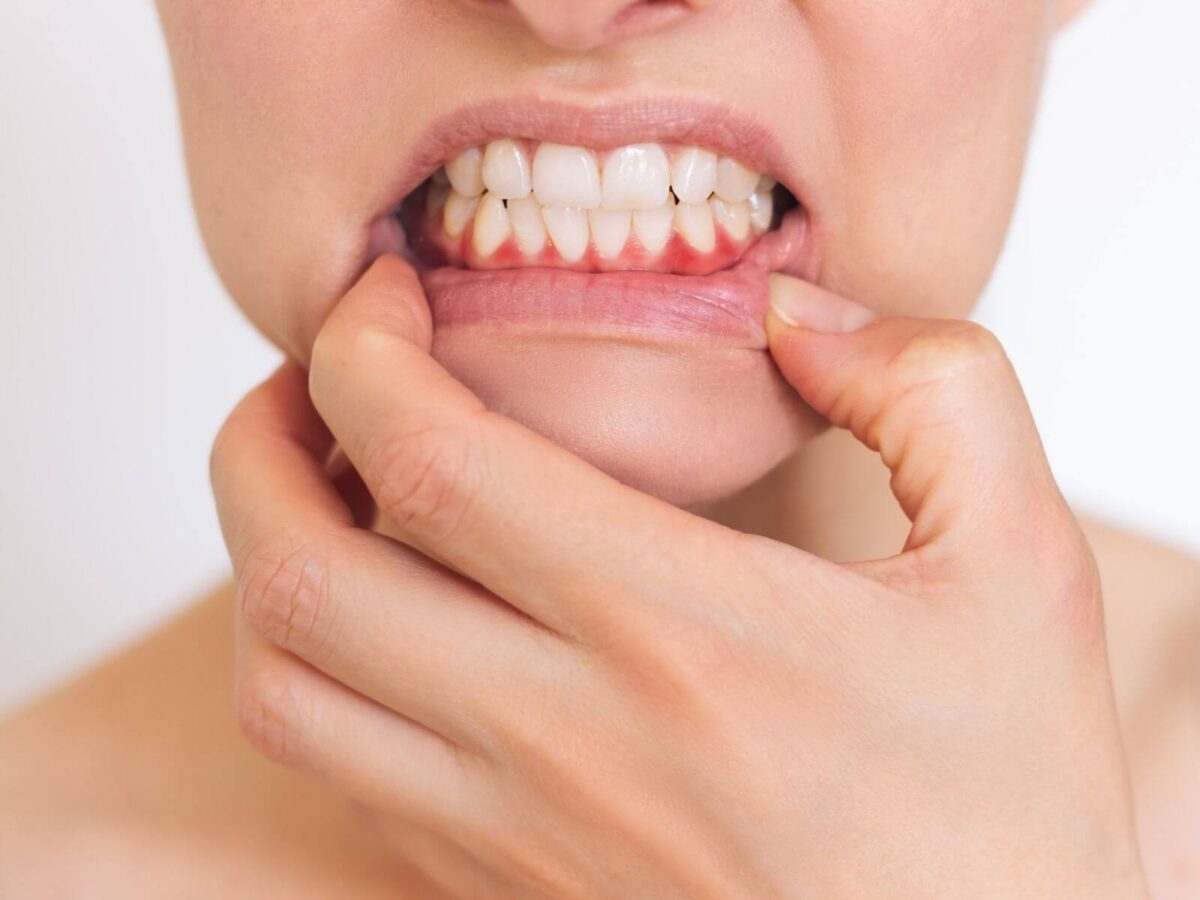Blog
Dental hygiene tips for healthy teeth & gums

Dealing With Discolored Permanent Teeth In Children
Did you notice that your child’s incoming adult teeth are more yellow or darker in shade than their previous baby teeth? In this case, one can relax if the child maintains proper oral hygiene. Discoloration of this type is completely natural, and it can be explained by the fact that permanent teeth contain more dentin (dense inner tissue) than baby teeth.
Enamel, the outermost layer of the teeth, is transparent. Occasionally, the dentin shows through, and the teeth seem more yellow and bigger than the white baby teeth. When your child starts teething, and you see he/she is losing his/her baby teeth, you will find that his/her permanent teeth will start to align much better.
Seven Other Reasons for Tooth Staining in Kids
Fluoride Consumption
Fluoride is a mineral that can prevent tooth decay and help strengthen the tooth. It is a constituent of ingredients and liquids, and the global water delivers. However, it’s pertinent to say that youngsters can absorb immoderate fluoride.
Fluorosis can arise if your child constantly mixes fluoridated water with powdered or liquid formula. This condition arises from immoderate fluoride inside the gadget, and white strains, streaks, or brown stains are seen on your child’s enamel.
Not Brushing Properly
Lack of proper brushing leads to these effects, such as tooth discoloration and stains. So, suppose your child fails to maintain oral hygiene during the early development of the baby’s teeth. In that case, hard deposits will build up because of the accumulated stains the abovementioned bacteria produce from foods and drinks.
Taking Certain Medications
Iron-rich foods, including those that contain supplements, will lead to the formation of black staining on the teeth of your child. Antibiotics, in particular, tetracycline and antihistamines, also lead to the formation of yellow or greying discoloration of the teeth. While pregnant or lactating mothers take antibiotics to enhance their health, they expose their offspring to potential discoloration or staining of the teeth.
Tooth Injury
If your child gets a tooth knocked out, vessels within the tooth’s core can break. Its effects may cause your child’s teeth to become black, gray, yellow, or brown in appearance. If a tooth looks darker than the teeth in the mouth, tooth or jaw injury may contribute.
Medical Conditions or Illness
If your child was born with a medical condition known as hyperbilirubinemia, which is a medical condition that develops when there is excessive bilirubin in the blood. In that case, the teeth may appear greenish or yellow.
Thin Enamel
Another cause of a change in the color of children’s teeth is genetic factors that can lead to the improper formation of a tooth’s enamel. They can form soft or thin tooth enamel through which the dentin layer may be exposed. This is why your child’s teeth may seem yellow at one point or another.
Diet
Another issue that contributes to this problem is your infant’s diet. If your toddler often consumes acidic food and drinks, like sodas, popsicles, and juices, your infant could be much more likely to have stained enamel.
This approach means that the tooth in your tooth – the hardest substance within the human body- can be dissolved over the years by using foods and drinks with high acid content. This can lead to what dentists call intrinsic staining, where teeth appear yellow or gray.
Starchy foods and beverages also raise your child’s chances of getting cavities, which lead to brown or dark-looking teeth.
How You Can Safely Treat Teeth Stains in Children
If your child has mouth stains and teeth discoloration, the initial course of action is to consult a pediatric dentist. Once he or she has assessed your child’s teeth, they can recommend if any other severe or persistent issues may have led to discoloration of your kid’s teeth.
Nearly all pediatric dentists suggest that the potential risks of using over-the-counter whitening solutions and in-office whitening procedures be minimized and used only after the permanent teeth in the child’s mouth have fully erupted.
As far as these guidelines are concerned, it is recommended that parents should not allow their child to undergo professional bleaching treatments until he or she is a teenager.
Sometimes, veneers can be considered a treatment option, particularly for children and teenagers with severe dark stains caused by antibiotics or other persistent discoloration that cannot be effectively removed through traditional whitening methods. Veneers work by applying a thin layer over the teeth, which requires regular maintenance.
How to Avoid Permanent Teeth Yellowing in Children?
Keep up Good Hygiene Practice of the Oral Cavity
This includes making your child recognize the significance of brushing and flossing teeth. Good oral health entails brushing the teeth for at least two minutes using a fluoride toothpaste twice daily, flossing, and rinsing the mouth with a kid-friendly mouthwash. This reduces chances of tooth decay and/or plaque formation and therefore avoids yellow or dark coloring of the teeth in children.
Avoid Foods High in Acid or Sugar
Limit your child’s consumption of foods and drinks that contain acids & sugars. Remind them to follow the consumption with water so that the staining substances stay off their teeth. A choice of fruit, vegetable, or a slice of cheese would be better for health.
Avoid taking foods that are sweet, sugary, sticky, and acidic as they are dangerous for teeth and our choice of medication must be safe for the teeth as well.
If your child needs antibiotic treatment or takes other medications, you can ask your doctor if these drugs may cause tooth stains. Ensure the medications do not affect the baby tooth’s nerve canal or blood vessels and cause dark tooth problems.
Regular Dental Visits
Make appointments with dentists for children. Annual checkups for your child are about identifying problems in the early stage and professionals telling you which treatment to follow so that your child’s teeth remain healthy and white.
Give a Straw for Staining Drinks
Give your child a straw if they have a staining drink like grape juice or a sports drink. This will assist the staining substances in avoiding affecting the front of the teeth, which will, in turn, protect the baby tooth better.
Remind your child to Wash their Mouth after each meal.
Make your child wash his or her mouth with water after every meal. This good habit is useful for cleaning the interfaces between teeth where remnant food particles are left behind. If not well cleared, they may lead to plaque formation and cause an increased risk of caries and discoloration in children.
Conclusion
If your child’s teeth appear stained or discolored, it’s time to take them to the dentist for a check-up and examination. Springtown Pediatric Dentist employs a team of professional and experienced staff that will take good care of your child’s teeth. Our dentists can identify the problem and recommend the right procedure in the event of one.


